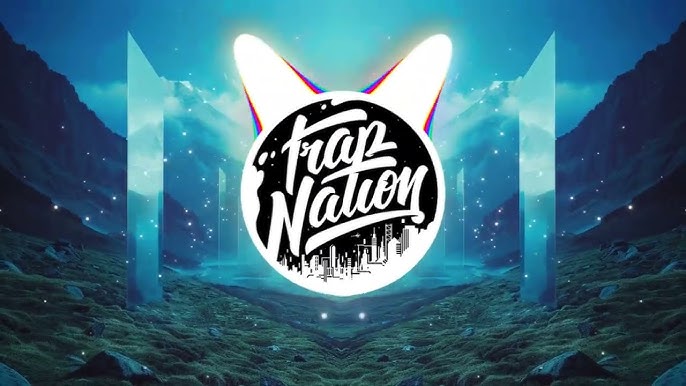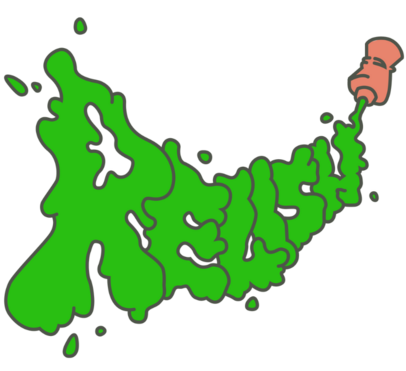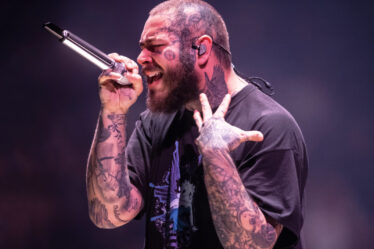
By: Gloria Tabone
I never consciously chose to get into EDM, nor did I even consider myself a fan. Rather, it was always around me. My older brother introduced me to Deadmau5, Skrillex, and Galantis when I was younger, and my childhood best friend and I became obsessed with Trap Nation remixes. That phase lasted for years, soundtracking time spent with my brothers and cousins. Now, those songs are pure nostalgia, instantly transporting me back.
That early exposure laid the groundwork for my growing love of EDM in its many forms. I’ve been diving into house, trance, techno, tech-house, garage, melodic dubstep, lo-fi, and jazz-house, each genre offering something new to explore. Lo-fi has been a constant love of mine for many years now, and Berlioz introduced me to the smooth fusion of jazz and house.
More recently, EDM became even more captivating when my brother and some friends started DJing. Watching them mix tracks and transition between beats gave me a new appreciation for it. People assume DJing is easy because of accessible software, but I’ve been told that true mastery is another story. It takes creativity under pressure—reading a crowd, perfecting transitions, and layering beats that feel effortless but demand precision. Coming from a family of drummers, I respect the intricacies and timing it requires. There’s a natural connection between DJing and drumming—both revolve around rhythm, timing, and energy control. Just like a drummer keeps the pulse of a band, a DJ controls the heartbeat of the crowd, using beats and transitions to shape the experience.
The culture, the music, the dancing—I admire all of it. There’s a lightness and energy in EDM that I long for. My first love in the scene was Venice by Anderson .Paak, with its electronic and experimental sound blending trap, house, and EDM elements. Then came KAYTRANADA, and over time, my influences expanded to Jess Bays, NOTION, Paul Sirrell, MPH, FKA twigs, FISHER, and Fred Again. The genre’s fluidity keeps it fresh, especially with artists collaborating across pop, rap, and production. Underground dance music is resurfacing, and I want to be part of it.
One thing I’ve realized: EDM isn’t always easy to love if you’re used to lyric-centered music. But there’s something freeing about shifting focus to the beat—how the whole body listens, how dance becomes constant, and how energy never fades. It’s the caffeine of music, fueling workouts, late night studying, and partying with friends.
Seeing Torren Foot live in Brooklyn with my brothers was one of the best nights I’ve had in the city. There’s something special about live music made for the body—not just the ears. Festivals are next on my list—I’m curious about that world.
Much of my brother’s taste stems from UK artists, who he says “have a strong grip on the genre, pushing boundaries in drum patterns, basslines, and creative sampling.” Garage continues to evolve, with pioneers like Todd Edwards shaping new generations. Artists like MPH, Oppidan, and Sammy Virji craft intricate layers in their beats, turning each track into a motion-driven experience. The best producers create their own unique sound templates, making their music instantly recognizable.
As I dive deeper into EDM, my advice for newcomers is simple: keep an open mind. It’s not about knowing the intricacies but feeling the music. There are no rules—you just can’t be afraid to dance.



